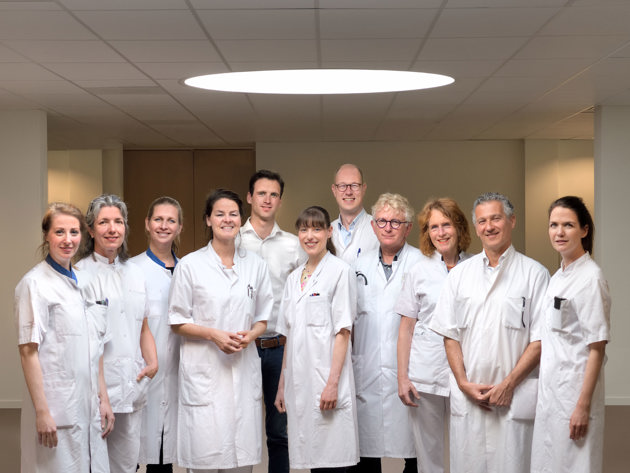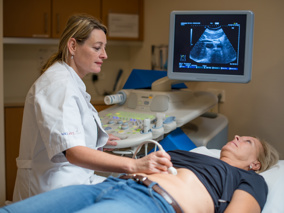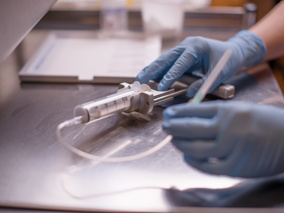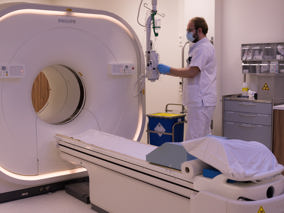Nasal (near) cavity and maxillary cancer
Nasal (para) cavity and maxillary cancer is cancer that originates in the nasal cavity, paranasal sinus and upper jaw. There are different forms of this cancer. The two forms that occur most often are squamous cell carcinoma and adenocarcinoma. A squamous cell carcinoma develops in the mucous membrane of the nasal cavity, paranasal sinus or the hard palate, the roof of the mouth. Adenocarcinoma originates in the mucous glands of the paranasal sinus.
On this page you can read more about the symptoms, examinations and treatments for nasal cavity and maxillary cancer.
More information about nasal, sinus and maxillary cancer
Causes of nasal (near) cavity and maxillary cancer
Cancer in the nasal cavity, paranasal sinus and upper jaw is more common in men over the age of 50. People who work with wood or leather are more likely to develop adenocarcinoma
Unfortunately, we do not yet know the exact cause of squamous cell carcinoma. Smoking may play a role.
Symptoms of nasal cavity and maxillary cancer
If you have nasal cavity and maxillary cancer, you may suffer from the following signs or symptoms:
- Nosebleeds
- A stuffy nose
- Tears in the eyes
- Numbness in any part of the face
- Double vision
- Fluid behind the eardrum in the ear on one side
Sometimes the tumor grows into the cheek.
Waiting
We want to inform you as well as possible about the waiting time per condition. We do this based on a prognosis of the current waiting list. The waiting time can vary from patient to patient for various reasons. Your attending physician will give you more information during your outpatient consultation.
-
4 days
First appointment
Your first appointment will be planned within approximately 4 days.
-
2 days
Rapid diagnostics
It will take approximately 2 days before you can start rapid diagnostics
-
11 days
Second opinion
It will take approximately 11 days before you can come in for a second opinion
 nl
nl







